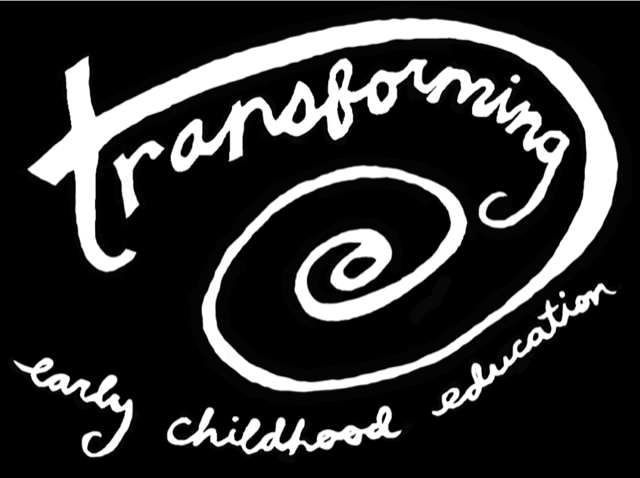Visual Perception
Visual Perception
I’m sure you have heard the terms fine and gross motor skills, but have you heard of the term graphomotor skills? Graphomotor skills are a specific set of skills necessary to write by hand.
Did you know that these skills involve more than placing a writing utensil in the hands of a young child? The best way for children to grow their motor skills is through play!
Over the next few weeks, I will focus on the skills within the graphomotor skillset. This week, the focus is Visual Perception. If we break down the term visual perception, we will get vision (what we see) and perception (making sense of what we see also uses our other senses). Visual perception skills allow us to make sense of what we read and write and how to manipulate items. The tricky thing is that visual perception is more than one skill. It has eight sub-skills.
Below, I will list all of the areas in the visual perception skillset. With each area, I will share ways that you can support children in growing this skill in your early childhood program. Think about ways you can use the activity ideas in your outdoor space!
Visual Attention: Allows us to focus on important visual information. It also gives us the ability to filter out unimportant information.
Activity Ideas: Mazes (obstacle courses), memory games, I Spy, puzzles, Guess Who, Checkers, Connect Four, drawing, painting , pasting, cutting, folding, tracing shapes, Find more ideas here
Visual Discrimination: Allows us to determine the similarities and differences between objects (sorting, categorizing, noticing subtle differences).
Activity Ideas: Matching & memory games, sorting by color, pattern making (beading), puzzles, letter or picture hunts, What Doesn’t Belong games, What’s Missing picture games, Find more ideas here
Visual Memory: Allows us to store visual information in our short term memory.
Activity Ideas: Memory and matching Games, I Spy, What’s Missing Game , Find more ideas here
Visual Spatial Relationships: Allows us to recognize and understand the relationships of objects within our environments and how those objects relate to one another.
Activity Ideas: Heavy Work (anything where a child pushes or pulls), playing with play dough or clay, running, jumping, bouncing on a ball, climbing, tag, obstacle courses, building with blocks, puzzles, games with directions to follow, scavenger hunts, Simon says, Find more ideas here
Visual Sequential Memory: Allows us to visually take in and then recall the sequence (order) of a set of items.
Activity Ideas: Sequencing games, following and continuing patterns (leaf, acorn, leaf, acorn), putting things in order (children lining up by height, stacking blocks by height), ABC order games, Find more ideas here
Visual Figure Ground: Allows us to pick out objects in a busy background ex. looking in the crowded refrigerator for a particular item.
Activity Ideas: Puzzles, shape sorters, puzzles, hidden picture games, memory, matching games, Find more ideas here
Visual Form Constancy: Allows us to know a shape is the same even if it is made a different size or turned a different way ex. being able to see what piece fits in a puzzle.
Activity Ideas: Puzzles, sorting items, scavenger hunts, letter hunts, matching games, Find more ideas here
Visual Closure: Allows us to determine what an object is even when only part of it is visible.
Activity Ideas: Mystery object games (hiding an object under a blanket and children determine what it is), organizing toys in baskets on a shelf, dot to dot pictures, sorting and matching socks, puzzles, Find more ideas here



